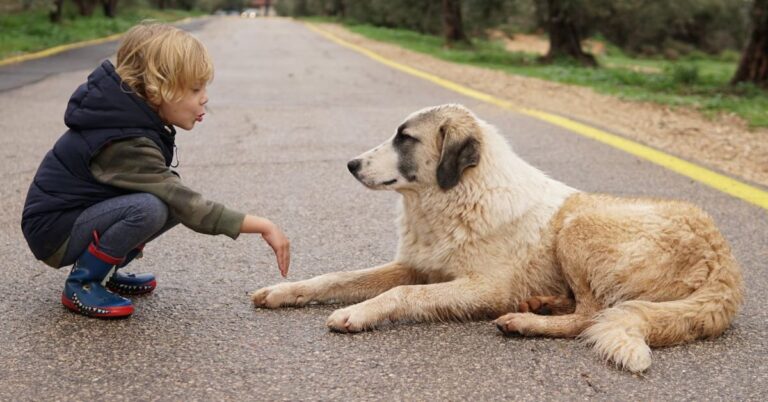10 Ways Your Dog’s Body And Behavior Reveal Arthritis Pain
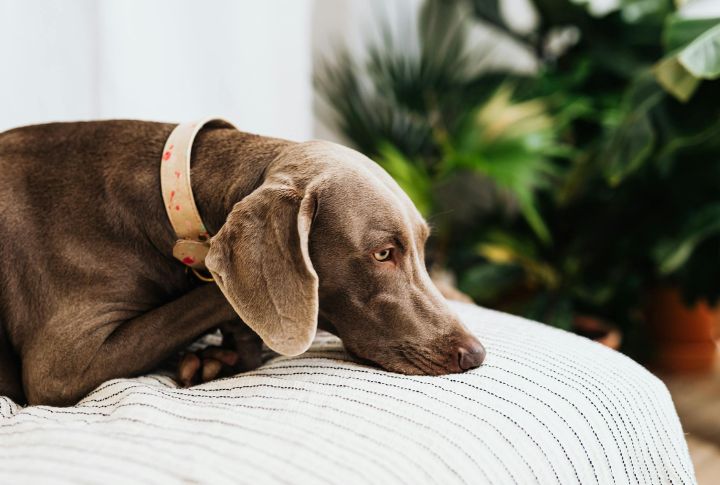
It starts with the little things. Your dog hesitates before jumping up. Walks become shorter. Don’t shrug it off, thinking it’s just a natural part of aging. Try to find out if it could be something more. Arthritis creeps in quietly, so knowing these ten signs will help you start the treatment early.
Muscle Loss Around Their Legs
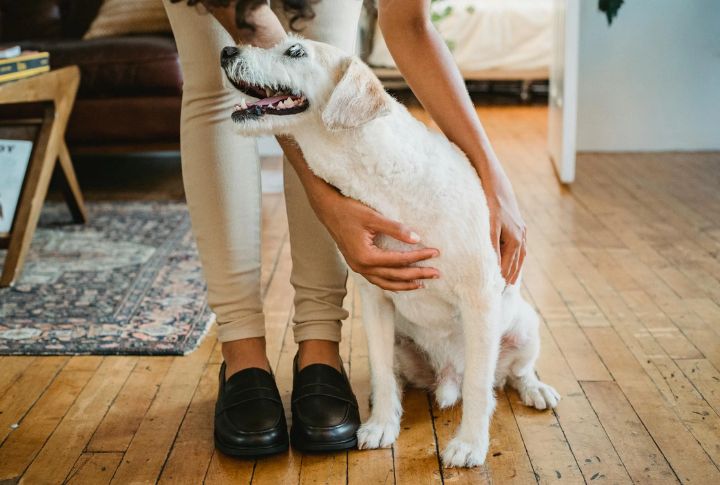
Look closely. One leg is thinner than the other. Muscles fade when joints hurt. Less use equals less strength. That shrinkage in dogs might not be solely due to aging alone. It’s arthritis, giving a warning as it quietly weakens their frame long before they whimper.
When Pain Is Expressed
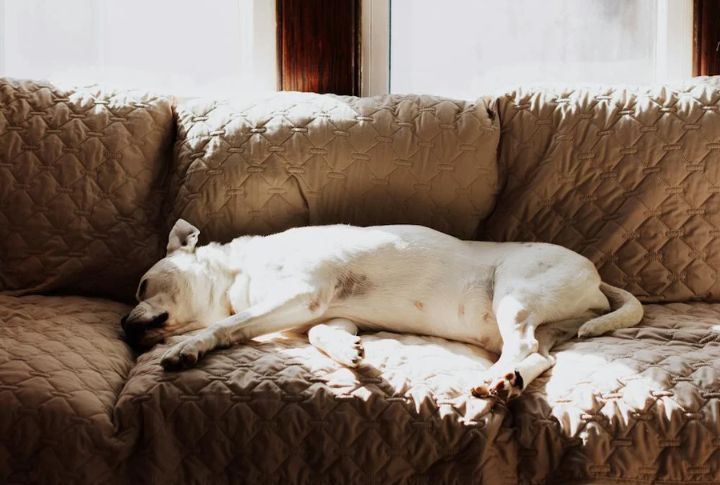
You watch your dog wince, just slightly, as it turns. It tucks a paw or groans unusually during sleep. The strong, silent type now shows subtle pain. Each grimace is a sign that they are showing discomfort, and addressing it early can prevent further complications.
Sensitivity To Touch

Your dog used to love belly rubs and back scratches—now it twitches or flinches when touched. That’s not attitude; it’s discomfort. Arthritic joints become tender, and even light pressure can sting. When affectionate gestures are avoided, pain may be lurking beneath that spot.
That Limp Isn’t Just A Phase
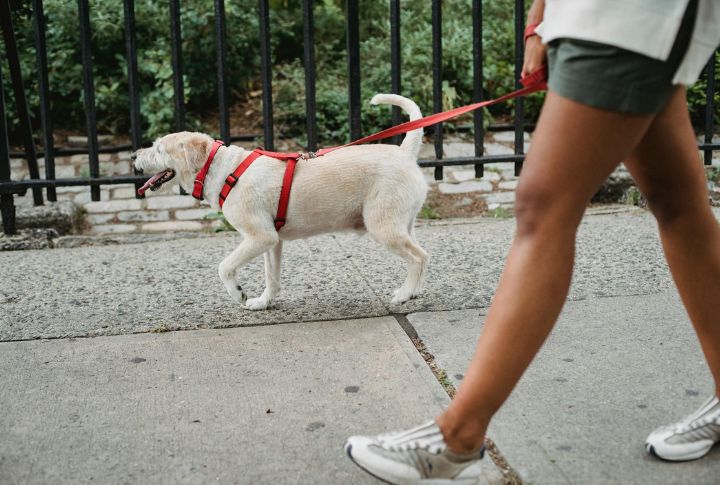
You think, “Maybe it is twisted after chasing the squirrel.” But the limp comes back—and stays. Suddenly, your buddy skips its zoomies, and arthritis becomes a real possibility. Most of the time, it is your dog’s way of telling you that there is pain in the joints or muscles that needs attention.
Stops Playing With Toys They Love
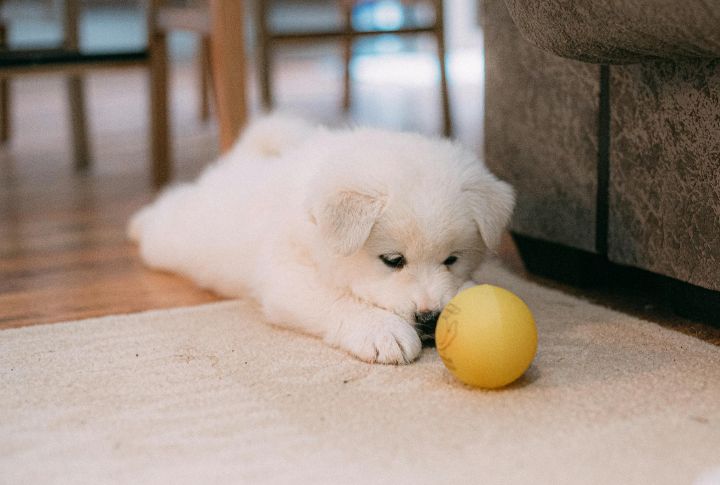
The squeaky toy your pup couldn’t let go of now sits untouched. You might think the shift seems small, but it signals something bigger. Dogs with arthritis often lose interest in activities they once adored. The extent of the discomfort is evident here; one forgotten toy might be your first clue.
A Sudden Fear Of Stairs
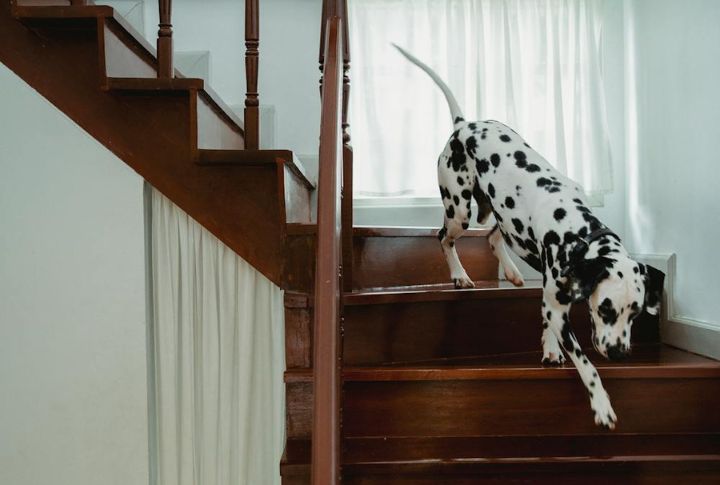
Stairs used to be no big deal, but recently, your dog pauses or outright refuses to go up them. This isn’t stubbornness. It’s likely that joint pain is making each step feel like a mountain. Stairs are a common challenge for arthritic pets, especially when their hips or knees are inflamed.
Starts Licking Joints Excessively
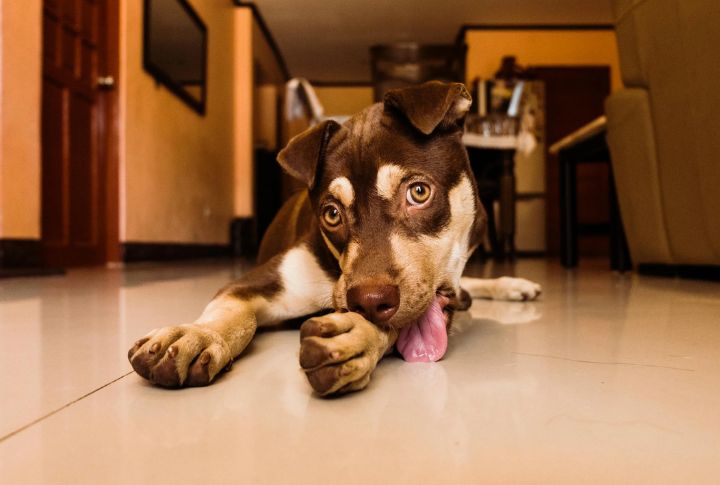
Notice your dog constantly licking one spot? That’s not necessarily hygiene but self-soothing. Dogs often lick aching joints to cope with pain or inflammation. Frequent attention to the same leg or paw could be a sign of arthritis, particularly in breeds prone to elbow or knee issues.
Sleeping More Than Usual

Your pup used to greet the sunrise like clockwork—now it’s snooze city. If playtime fades and rest alone takes over, it might be arthritis draining their usual spark and stamina. While older dogs tend to nap more, excessive sleep may indicate that their body is trying to avoid discomfort.
Changes In Walking Or Gait Patterns
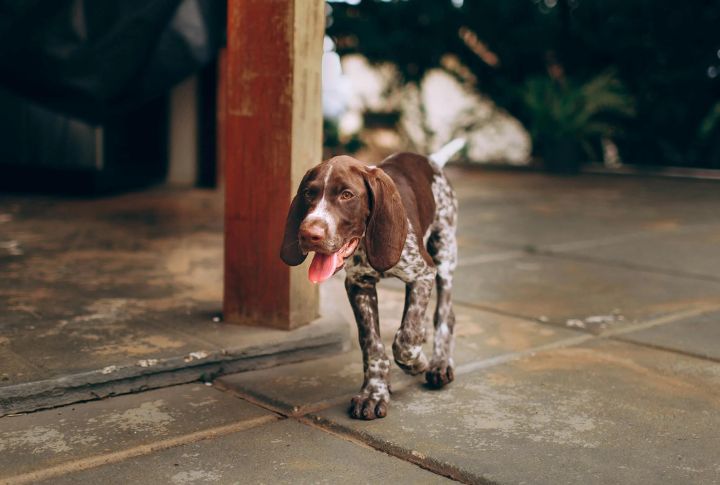
You may notice that your dog’s walk is becoming stiff and slower. Perhaps it drags one leg or seems hesitant when walking on harder surfaces. These changes in gait often signal arthritis as painful joints make walking uncomfortable. Paying attention to how they move can reveal hidden struggles.
Your Dog’s Mood Is A Giveaway
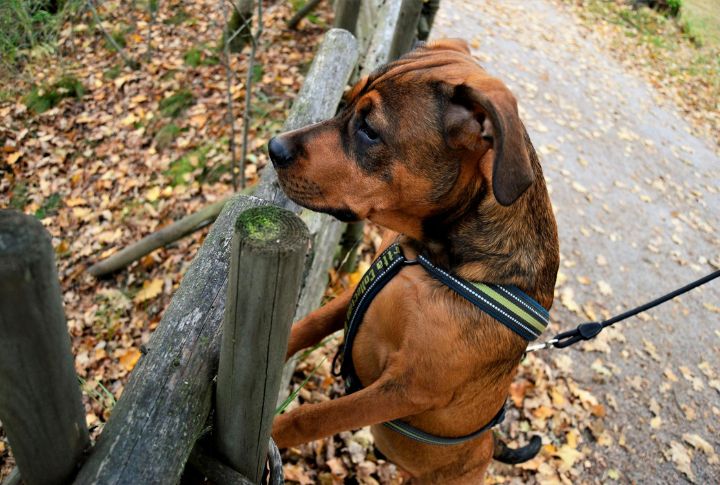
Your once-happy pup now gives you the side-eye at leash time. It won’t play fetch, so how about chasing the ball? Hard pass. This ailment hurts the legs and also affects the mood. Grumpiness or snappiness could all be side effects of aching joints.



